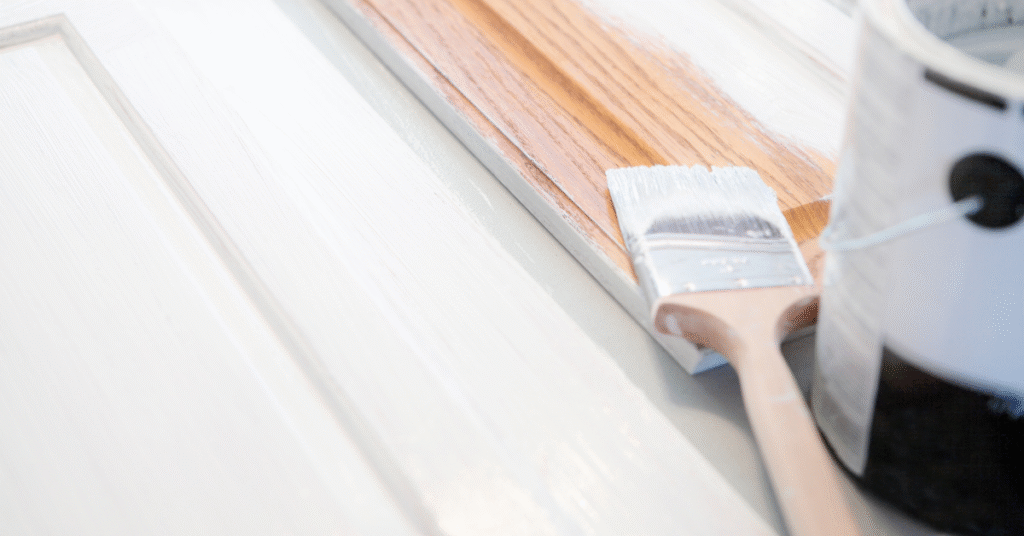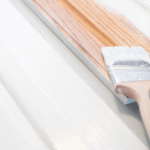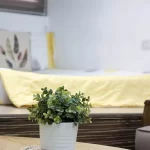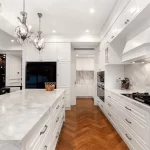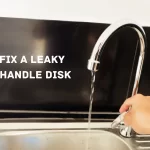Painted cabinets can change the feel of your kitchen. A fresh coat of paint brings light, character, and charm. But what happens after the paint dries? That’s where the real work begins. If done right, the lifespan of painted kitchen cabinets can stretch into many years.
This guide offers simple and effective cabinet painting maintenance tips to help your kitchen look beautiful for years to come.
Keep Your Kitchen Cabinets Beautiful—And Durable
Choosing the best paint for kitchen cabinets can be tricky. You can seek consultation with cabinet painters to make most of your expense. However, if you don’t put efforts in maintenance, even the best paints would crack or fade in no time. Habits like regular cleaning can contribute to the kitchen cabinet paint durability and save you from going through the hassle of frequent touch-ups.
If you are not familiar with this job, don’t worry! These tips work great for those painting kitchen cabinets for beginners and for homeowners looking to preserve past projects.
Kitchen Cabinet Painting: More Than Just a Pretty Finish
When it comes to choosing between replacement and refinishing, kitchen cabinet painting is a smart decision. It is budget-friendly and environmentally friendly. But many people forget the second half of the story. Cabinet painting doesn’t end with the last brush stroke. Your painted surfaces need the right care. That’s how you get long-lasting cabinet painting results and avoid peeling or dull spots.
Clean Cabinets the Right Way
One of the simplest ways to improve the lifespan of painted kitchen cabinets is regular cleaning. But not just any cleaning.
- Avoid harsh chemicals. It can break down the paint finish.
- Use a soft cloth with warm water and a few drops of mild soap.
- Skip abrasive sponges. They can scratch surfaces and ruin the wood grain appearance.
- Clean up spills as soon as they occur. The sticky spots draw dirt as well as oil.
Doing this weekly keeps your cabinet paint looking fresh and bright.
Limit Moisture and Heat Exposure
Kitchens deal with water and heat daily. But your painted surfaces don’t like either.
- Place mats under sinks to catch drips.
- Use your exhaust fan while cooking. It helps reduce humidity.
- Never hang wet towels on cabinet doors.
- Be sure to keep toasters and kettles out of cabinets to prevent damage from steam.
Moisture can lift paint, causing bubbling. Heat can cause warping of the wood and paint.
Keep the paint safe from scratches
Scratch marks are likely to happen even if you use durable enamel coating. You can avoid this with small changes.
- Add bumpers behind cabinet doors to reduce impact.
- Use pulls or knobs, so fingers don’t touch the paint.
- Avoid dragging heavy items along cabinet edges.
You’ll notice a big difference in how long the paint stays smooth.
Use the Right Touch-Up Techniques
Irrespective of the time, money, and care you give, cracks can still pop up. Consider this touch-up method.
- Keep a small amount of your cabinet paint stored safely.
- Make touch-ups using a tiny roll of foam to create an even appearance.
- For deep chips, smooth the spot with light sanding. Then fill it with wood filler before painting.
This helps prevent further cracking and keeps the surface sealed.
Choose the Right Paint from the Start
In the event that you are painting kitchen cabinets for the first time, make sure you use paints that are built to last.
- Go for oil-based or enamel paint. These resist moisture better than regular latex.
- Avoid flat finishes. Semi-gloss or satin finishes are effective to protect and simpler to clean.
- Apply multiple thin coats instead of one thick layer.
- Give enough drying time between each coat.
Choosing the best paint for kitchen cabinets right at the beginning will make maintenance easier in the long run.
Maintain the Wood Behind the Paint
Your painting job can only be as great as the wood underneath it. Particularly for wooden cabinets that are older, the material requires care.
- Check for warping or swelling in the wooden material.
- If you notice soft spots, check for moisture leaks.
- Clean the inner surfaces regularly too.
- Repair hinges and handles to prevent extra stress on the painted areas.
When the structure is sound, your paint job lasts longer.
Painted Kitchen Cabinets Before and After: Know What to Expect
If you’re considering this idea, it’s beneficial to know how the transformation looks.
- Before: scuffed doors, faded color, outdated feel.
- After: smooth, vibrant surfaces that reflect your kitchen’s personality.
The difference between painted kitchen cabinets before and after is impressive. But it only stays impressive if you care for it.
How Long Does Cabinet Paint Last Without Maintenance?
If ignored, even a great cabinet painting job won’t last. Common issues include:
- Fading from sunlight
- Chipping around handles
- Stains that don’t come off
- Peeling due to steam or grease buildup
So, how long does cabinet paint last? With care over 8 to 10 years. Without it maybe 3 to 5.
When people ask how to make cabinet paint last longer, this is the answer: don’t ignore it after painting.
Final Thought
The kitchen is among the rooms that are most used within your home. Your cabinets are therefore vulnerable to wear and tear. With a few simple steps, careful use and quick repairs, your kitchen cabinets can last for a long time. If you are painting your kitchen cabinets for the first time, these simple steps can have a significant impact.
And the result? Cabinets that are fresh and function efficiently, as well as convey your style. If you’re unsure of what to do or how to care for the cabinets, you have just painted get help. We at Apolo Painting and Decorating, provide expert advice and customized solutions to the space you have. If you have any questions, please contact us for the right guidance and get a free estimate.
Similar post:
